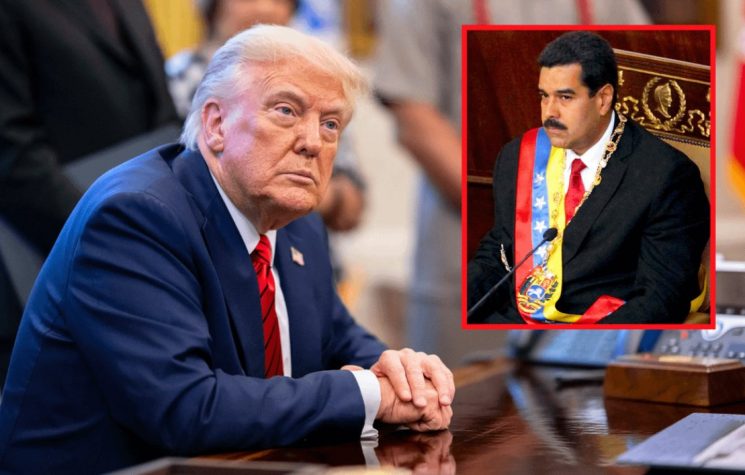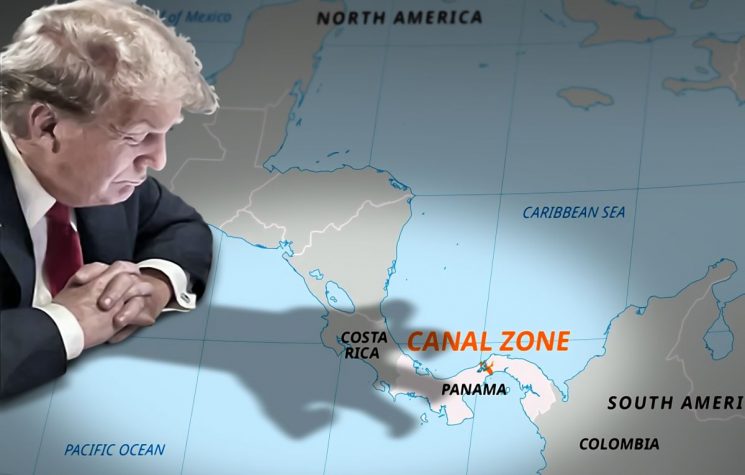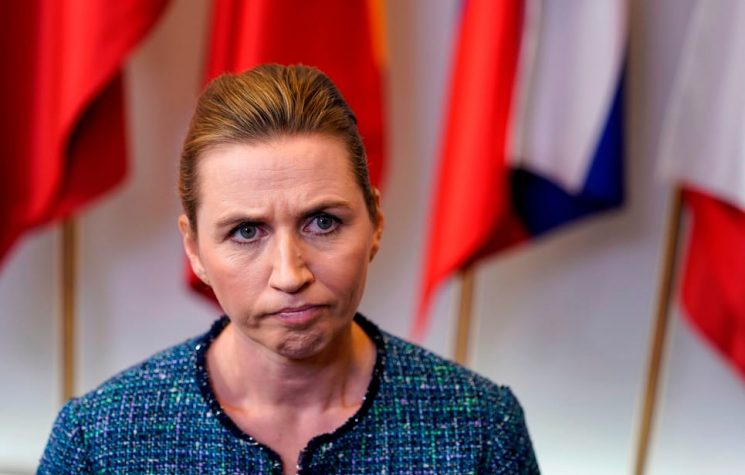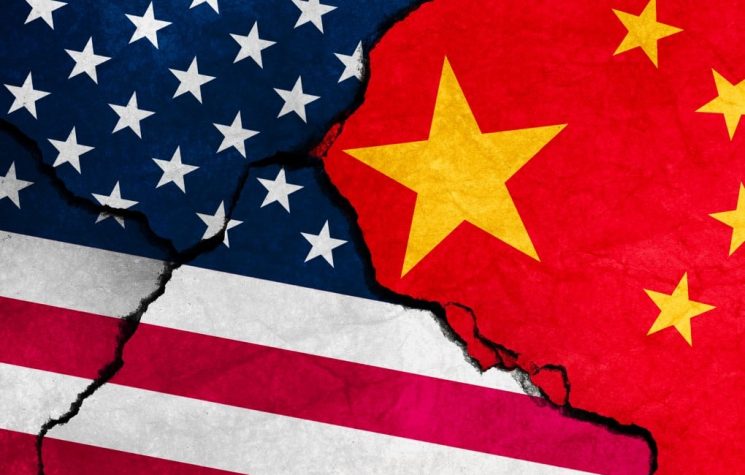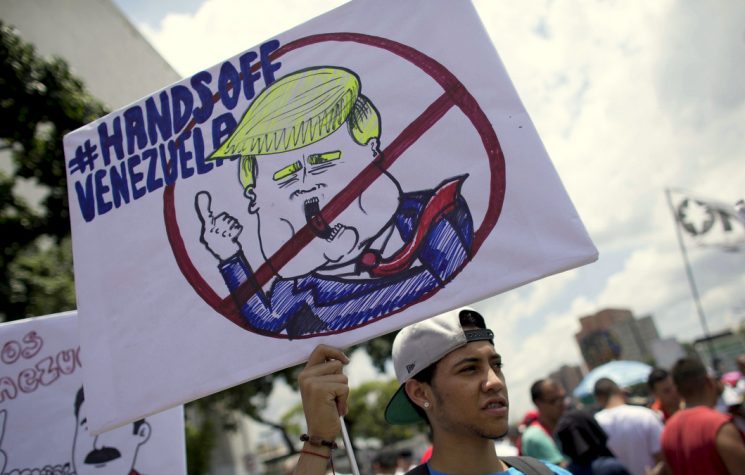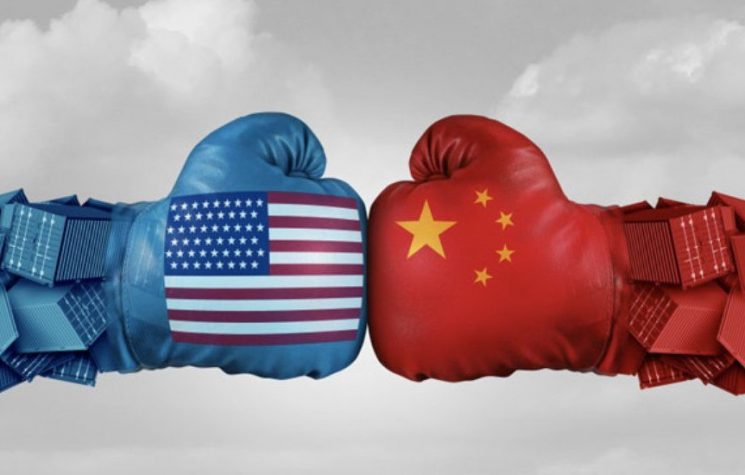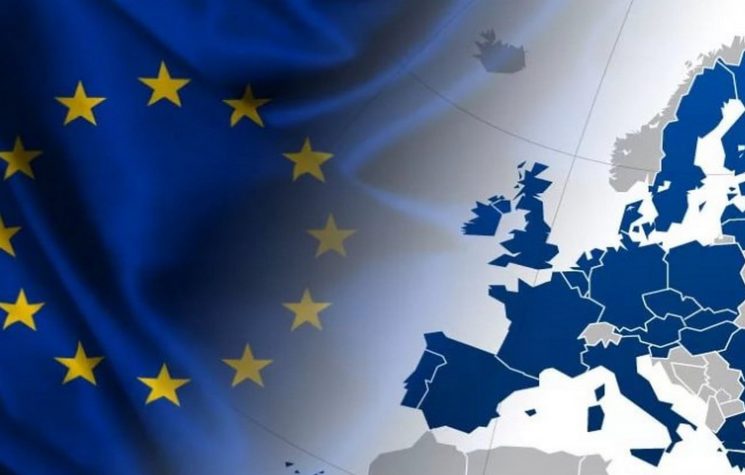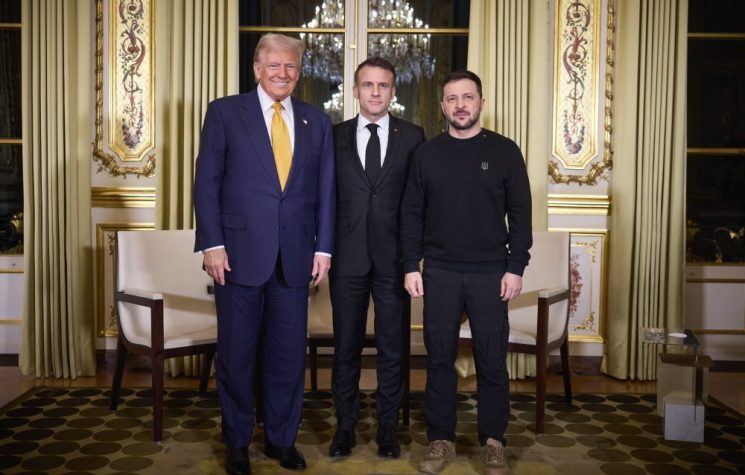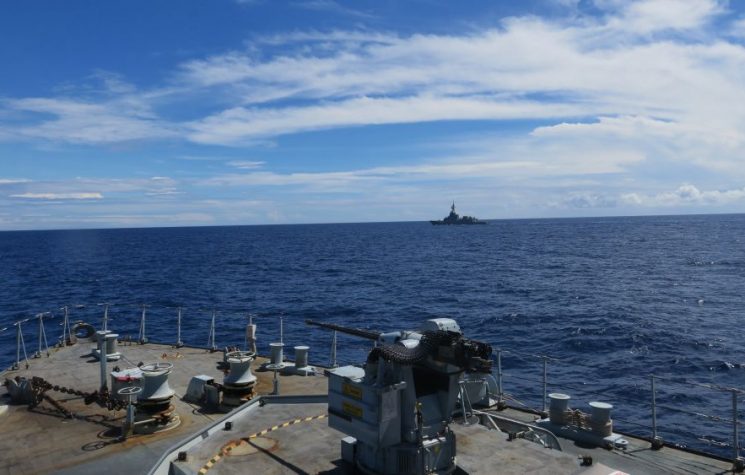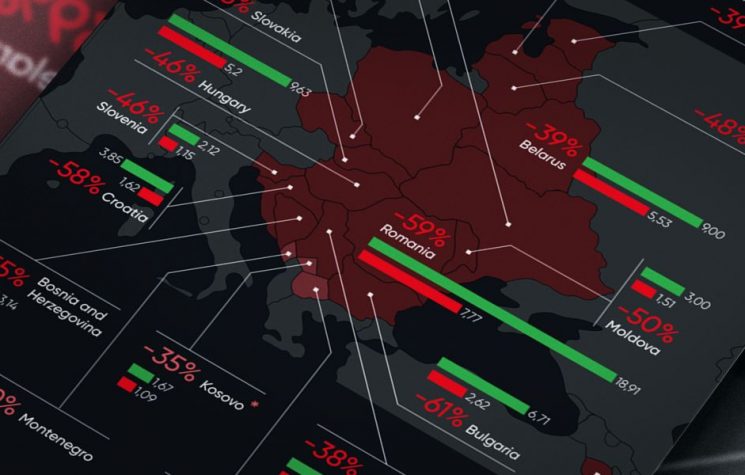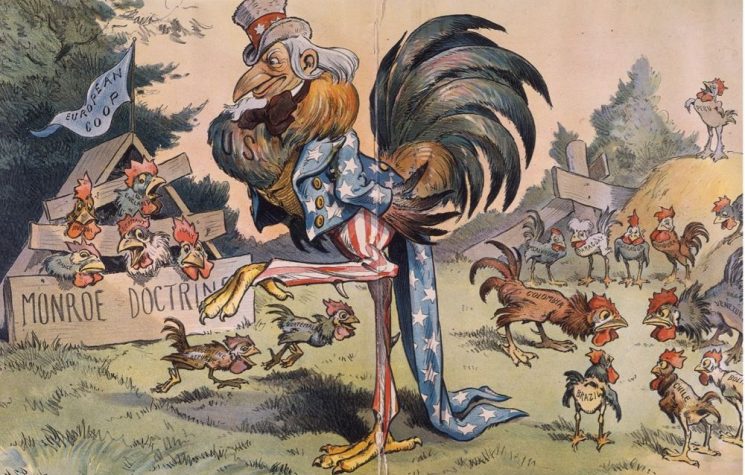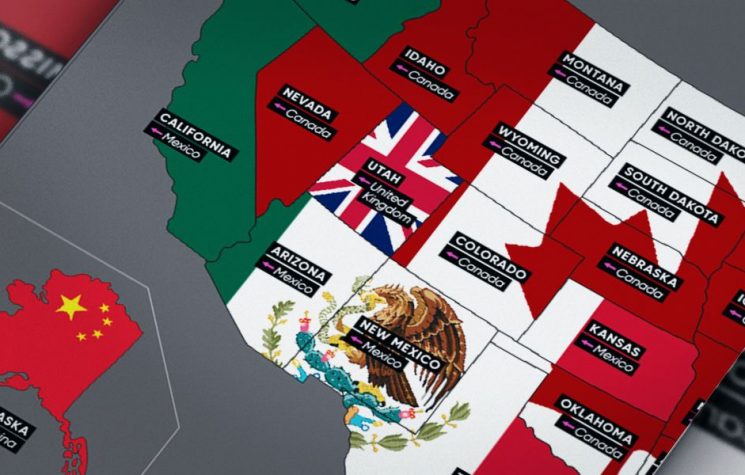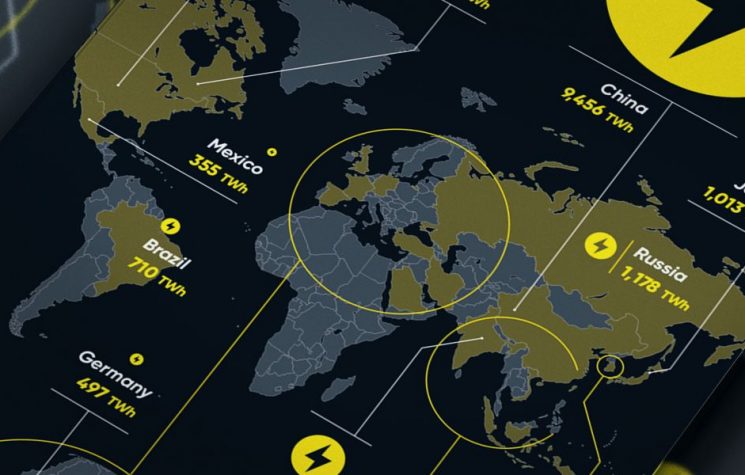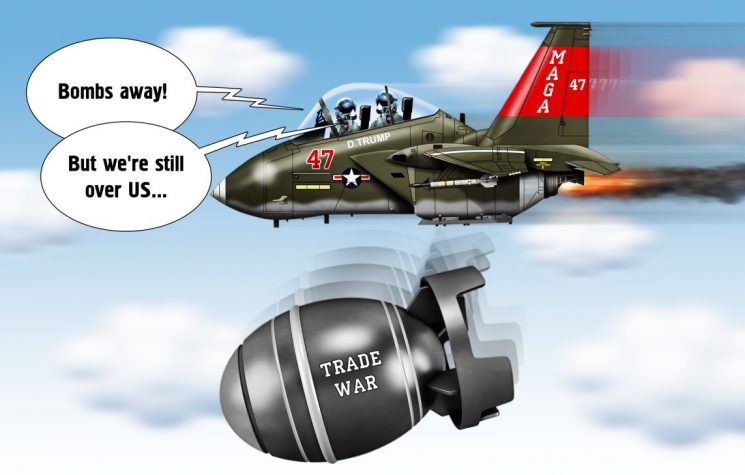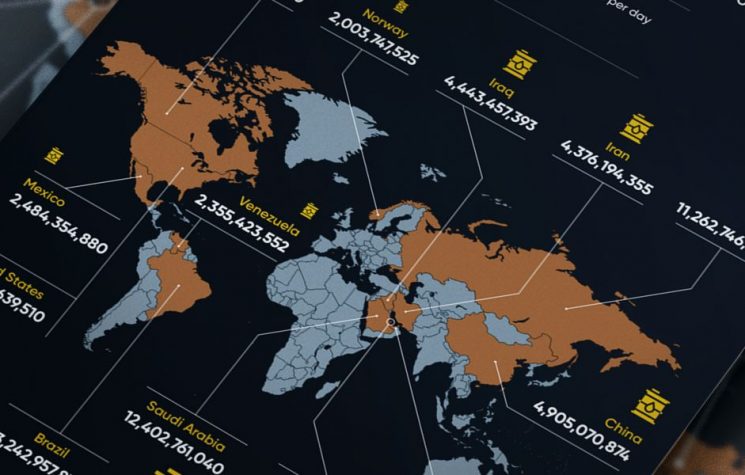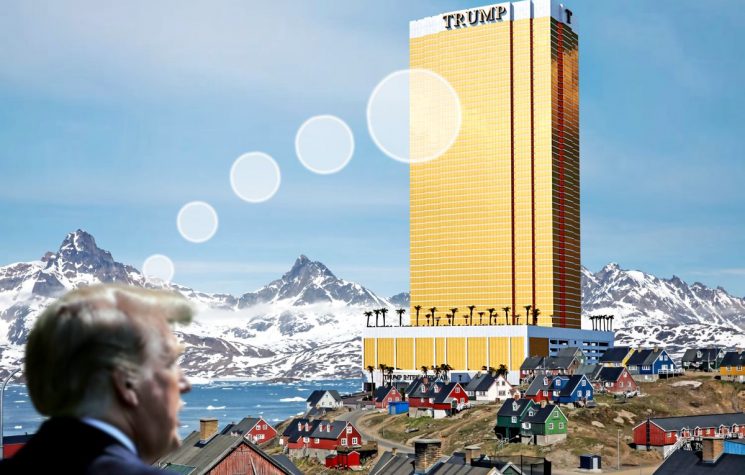The United States already finds itself having to deal with the new global majority to decide what to do about its own future.
Contact us: info@strategic-culture.su
The recent trade wars waged by the United States against Canada, Mexico and Europe have had a significant impact on the international economic system. These protectionist measures, characterized by the imposition of significant tariffs on a wide range of imported products, have raised concerns about the possible consequences for global trade dynamics and economic relations between the world’s major powers. In particular, the question arises as to whether these tensions can favor greater commercial, economic and investment cooperation between the United States and Russia. The main questions that arise are: what will be the consequences of these trade wars on global trade and on the economies involved? Could these conflicts favor an economic rapprochement between the United States and Russia?
The context of the current trade conflicts
Trade tensions between the United States and its main economic partners are not a new phenomenon, but they have intensified in the last decade with a return to protectionist policies.
With regard to Canada and Mexico, the United States has imposed tariffs of 25% on steel imports and 10% on aluminum imports from Canada and Mexico, provoking negative reactions from both countries. North American trade relations, traditionally based on a free trade agreement (USMCA, formerly NAFTA), have been seriously damaged by these measures.
In Europe, on the other hand, we have the EU, which has been hit by tariffs on imports of cars and other luxury goods, in response to European duties on U.S. agri-food products. Tensions between the United States and Europe have led to a worsening of transatlantic relations, compromising the economic stability of both parties.
Trade wars inevitably lead to an increase in production costs, which translates into higher inflation and a reduction in the competitiveness of companies. The imposition of tariffs makes imported goods more expensive, with repercussions on various economic sectors: industries that depend on imported components, such as the automotive and technology industries, are strongly affected by the price increase; Producers in the U.S. of soy, meat and dairy products have suffered significant losses due to trade retaliation from Canada, Mexico and the EU; transatlantic tourism and transportation have been affected by economic tensions, reducing growth in the sector (for a chronology of U.S. government statements on trade policies over the past three months, read here).
The interruption of global supply chains is one of the most serious consequences of trade wars (and, let’s remember, it’s a consequence that also has an impact on many other countries that apparently don’t seem directly involved, but that in reality depend on the trend of that market). Modern industry depends on a complex network of international suppliers, and customs tariffs increase production costs, making global trade less efficient.
Western alliances weakened
Trade wars are not just an economic issue, they have profound geopolitical implications. It is now well known and widely acknowledged that sanctions policies have been a tool for the planned weakening of Europe.
The data shows that the EU has a significant trade surplus with the USA in the goods sector, equal to 157 billion euros in 2023. However, in the services sector, the EU has a deficit of 109 billion. The economic ties between the two areas are therefore not as unbalanced as is often claimed. European companies export many goods to the United States, but on the other hand Europe buys many services, particularly digital services, from the U.S. American tariffs on European goods could damage the sectors most dependent on the U.S. market, with different impacts depending on the countries and the types of goods affected (such as cars). There may be an intention to exploit this disparity to divide EU member states and push them to negotiate separately, while trade policy should remain the exclusive competence of the Union. Some are already putting forward the idea of negotiating favorable conditions to the detriment of others, but it is clear that the EU should maintain a unified approach to exert greater influence in the negotiations. The European single market is the largest in the world, with around 450 million people representing 20% of global GDP.
It is clear that Europe will have to adopt a strategy that combines both pressure and incentives in order to remain in the international game.
Let’s look at it from the perspective of the traditional carrot and stick approach. The “stick” could be expansion into markets other than the United States, accompanied by the possibility of imposing counter-duties. The European Commission has already prepared a tariff plan for products and services from overseas. However, a trade war would not be advantageous for either party. The “carrot” could be to increase energy imports, particularly liquefied natural gas, from the USA, a move that, while involving some compromise on the ecological transition, would also allow a definitive break from Russia. The purchase of armaments would obviously be well received in Washington, where commercial interests overlap with the strategic interests of defensive autonomy and preference for the European defense industry.
A fundamental point to emphasize is that tariffs are not an effective or sufficient tool to rebalance a trade deficit, which depends on numerous macroeconomic variables. The U.S. deficit, in particular, derives from the export to the U.S. of the productive capacity of Europe, China and other regions of the Global South, which is not absorbed by consumption in these areas. Moreover, tariffs tend to hurt both those who impose them and those who suffer them, acting as a tax that ends up falling on consumers. Although tariffs can increase demand for local producers, this effect is hardly selective, especially in complex production contexts where a single product is made up of numerous components from all over the world. In fact, tariffs tend to generate generalized inflation. However, it is difficult to recognize a solid basis of economic theory in these decisions; consequently, Europe and the rest of the world will have to adapt to the changes in American behavior.
This is exactly what we are starting to see. Recently, the President of the European Commission and the entire College of Commissioners were in India, where it was announced that a free trade agreement with Prime Minister Narendra Modi, which has been under discussion for years, will be finalized by the end of the year. If the agreement is signed, it will be the largest free trade treaty in the world, a clear sign of the changes taking place in the global economy. Tariffs and other geopolitical considerations could push several countries to strengthen their relations with the EU, while at the same time the Union could consider new alliances with other areas of the world, also reviewing its relations with China, which could deviate from the de-risking guidelines of the first von der Leyen Commission.
A serious risk associated with the return of tariffs is the uncertainty that would result for global markets. In an interconnected economy, supply chains could be disrupted by sudden changes, increasing the risk of shortages or increased costs for specific products. Uncertainties linked to duties could influence business decisions, leading companies to postpone investments or freeze development strategies.
Will the USA and Russia return to balanced trade?
At the moment it is not easy to foresee a return to stable and advantageous commercial relations for both. The USA has yet to come to terms with the now unstoppable fall of the dollar as the predominant currency in international finance. Russia and China are in a way doing America a big favor, because they have continued to use dollars in many transactions, almost all of them, without removing the American currency from their portfolios.
It may seem a minor detail, but in reality it is a significant assist, which diplomatically represents a very convincing soft power, because it’s as if they were saying “we don’t want you to be the only one deciding the rules of the market, we’re here too, every country must be able to get involved by presenting their own rules, but we don’t want you to starve, we don’t want to replicate the same imperialistic logic”. A real lesson in style, as we’ll see.
If the United States continues to pursue a protectionist policy, tensions with Canada, Mexico and Europe could worsen further. This scenario would lead to greater fragmentation of international trade, together with the strengthening of alternative economic blocs, such as BRICS and the Belt and Road Initiative led by China, but also an acceleration of de-dollarization at a faster pace than that seen to date, with some countries seeking alternatives to the U.S. dollar for international trade.
Another possible outcome would be a trend reversal towards multilateralism and a return to trade negotiations with historical allies. In this case the United States could review its economic strategy to restore relations with Europe and North America and Russia would remain in a privileged but not exclusive position, of course, in U.S. trade relations, with probably a very moderate increase in economic cooperation.
In a more extreme scenario, Washington will find itself with no choice but to accept the conditions of the countries that are leading the multipolar transition.
In conclusion, what we can already say is that the United States already finds itself having to deal with the new global majority to decide what to do about its own future. A nice paradigm shift. Paraphrasing in American style, we could say that it is “One small step for a man, one giant leap for mankind”.










